The truck cabin is not just a control center but also a resting space for drivers on long journeys. One of the most crucial factors ensuring driver comfort and safety is the air conditioning system. This article will analyze the detailed truck cabin structure, focusing on the air conditioning system, to help you understand its components and operating principles.

Currently, there are two main types of truck cabin air conditioners on the market: Chinese-made and Japanese-made imported from Singapore. Basically, the truck cabin structure regarding the air conditioning system is quite similar for both types.
1. Compressor (AC Compressor): The Heart of the AC System
This is the most important component, responsible for compressing refrigerant gas from low pressure to high pressure. This process cools the refrigerant and circulates it throughout the system. The compressor is driven by a belt from the engine and controlled by the A/C switch.
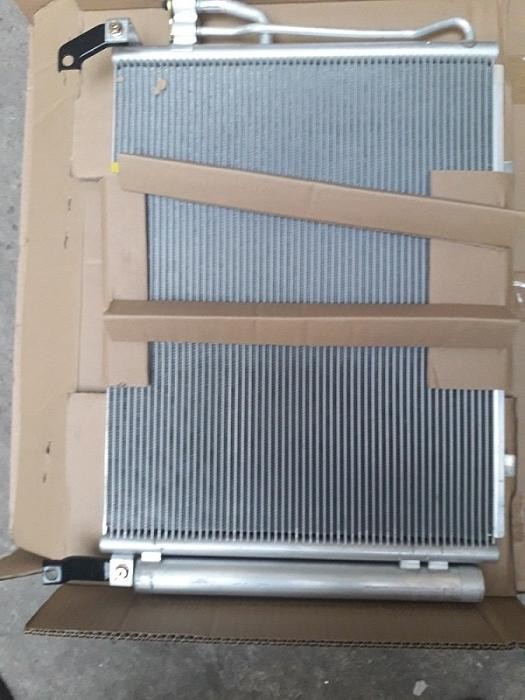
2. Condenser: Dissipating Heat for the System
The condenser is usually placed in front of the radiator and is responsible for dissipating heat from the refrigerant. It consists of aluminum tubes and cooling fins, along with a cooling fan to reduce the refrigerant temperature. Here, the gaseous refrigerant is converted into a liquid state at high temperature and pressure.
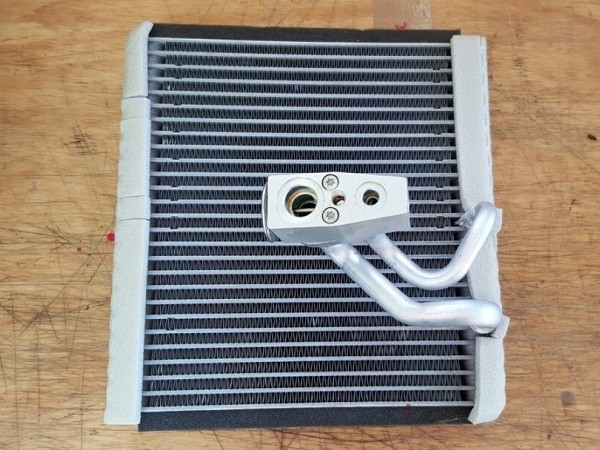
3. Evaporator: The Source of Cool Air
The evaporator is located inside the cabin and has a similar structure to the condenser but is smaller. Liquid refrigerant, after passing through the expansion valve, is sprayed into the evaporator and vaporizes, absorbing heat from the air and creating a cool airflow.
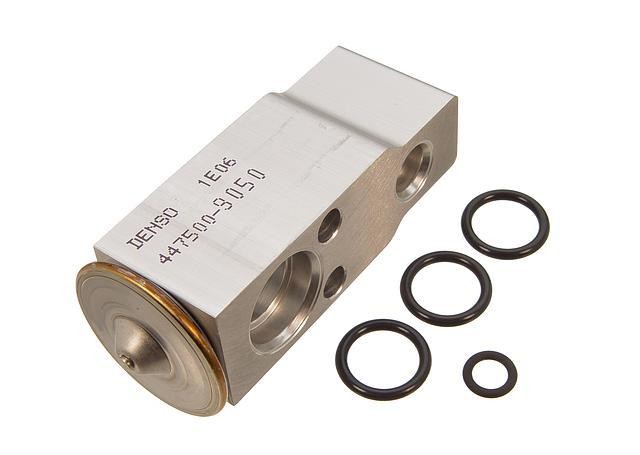
4. Expansion Valve: Regulating Refrigerant Flow
The expansion valve has two main tasks: reducing the pressure and temperature of the refrigerant after it passes through the condenser, and adjusting the amount of refrigerant sprayed into the evaporator based on the cabin temperature.
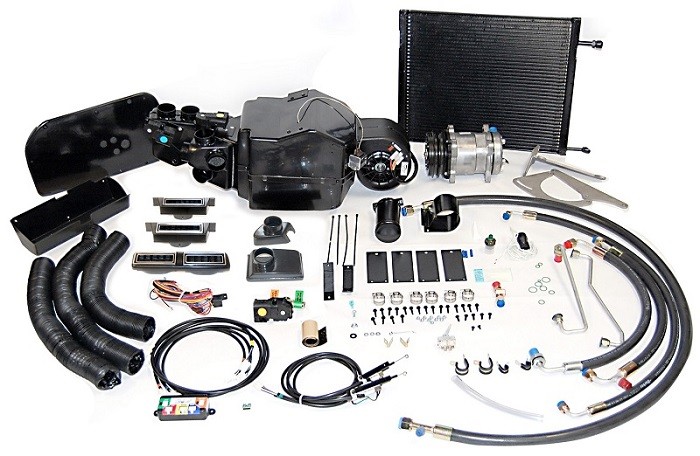
5. Piping, Valves, and Sight Glass System
These components ensure that the refrigerant circulates in a closed loop within the system, including: pipes, valves, sight glass, and refrigerant charging port.
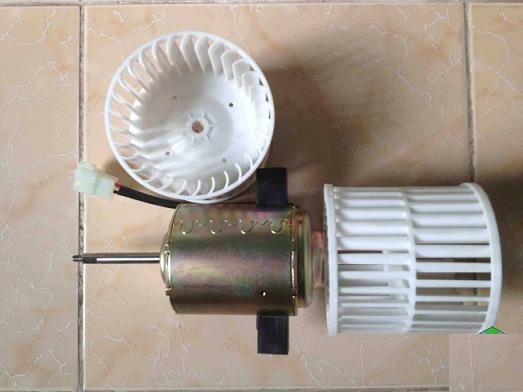
6. Evaporator Fan: Circulating Cool Air
The evaporator fan is responsible for drawing air through the evaporator and blowing cool air into the cabin. The number and location of air vents will vary depending on the design of each vehicle model.
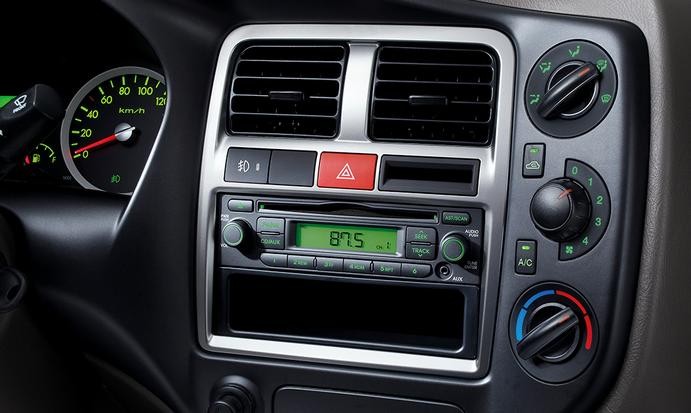
7. Evaporator Housing: Protection and Integration
The evaporator housing is designed to be integrated into the cabin, containing the evaporator fan and control system.
8. Control Unit: User Interface
This unit allows the driver to adjust the airflow direction, fan speed, and temperature as desired. There are two types of controls: mechanical and automatic.

Conclusion
Understanding the truck cabin structure, especially the air conditioning system, will help you perform timely maintenance and repairs, ensuring stable and efficient operation, bringing comfort to the driver throughout the journey. For consultation and support on issues related to truck air conditioning, please contact our experts at Xe Tai My Dinh.
